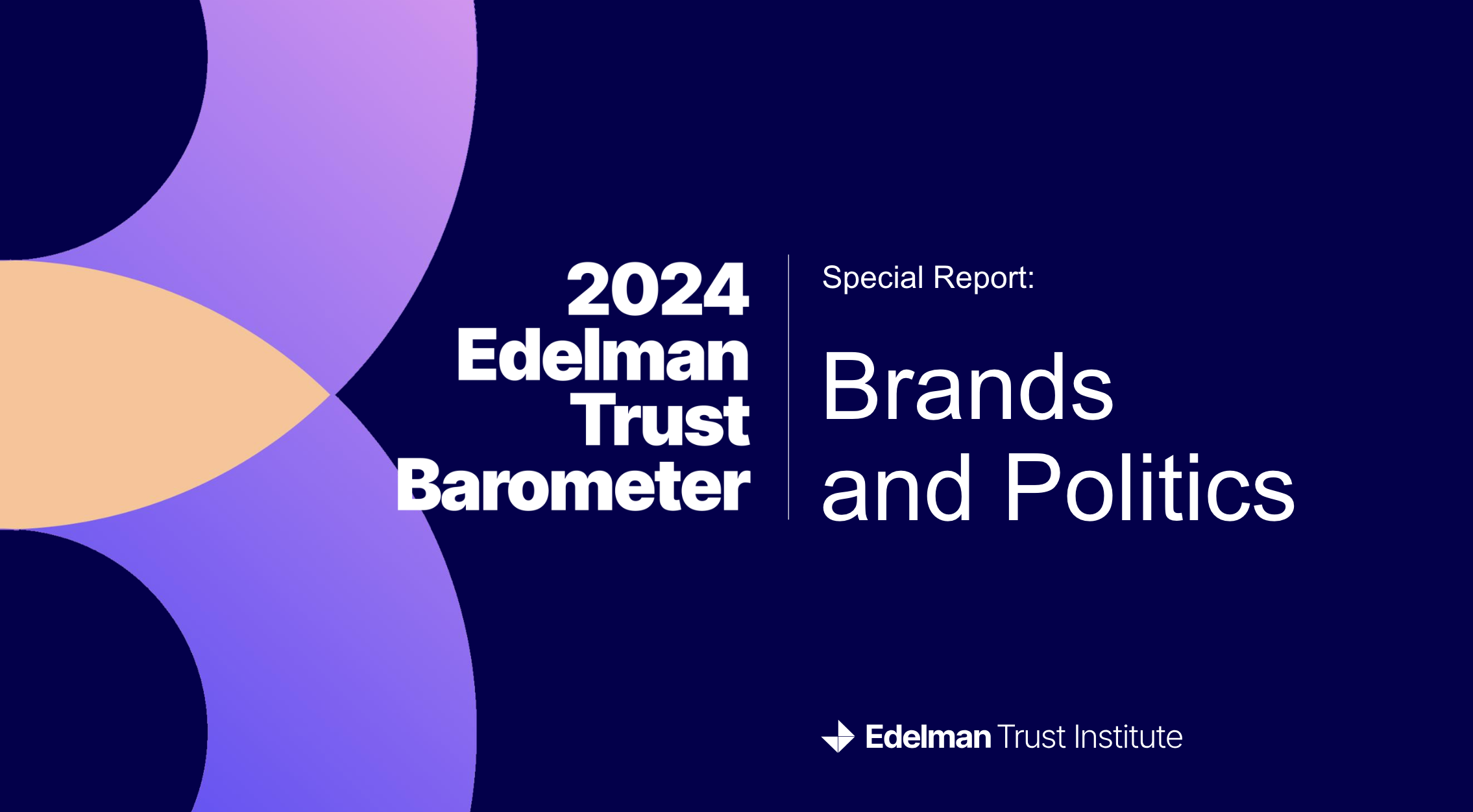This summary is provided by the IPR Digital Media Research Center
Summary
Although global corporations regularly use social networking sites to communicate with audiences and build relationships, understanding how differences in cultural background may impact responses (such as likes and retweets) to corporate communication has yet to be fully researched. Both quantitative and qualitative content analyses were conducted on the Chinese social networking platform Sina Weibo platform to examine how Chinese publics responded to posts from corporations headquartered in China and Germany. Researchers looked at how individualism (a worldview that centralizes personal goals and control) and collectivism (a view in which relationships and harmony with others are highly emphasized) play a role. The study demonstrated that fostering two-way communication between corporations and publics in a cultural context may benefit relationships with audiences through meeting their needs and expectations.
Method
Quantitative and qualitative content analyses were conducted to examine Chinese audiences’ responses to posts from Chinese and German companies on the Chinese social networking platform Sina Weibo. Using the Forbes 2000 list, a final sample of 12 companies (six from each country) was selected. Content topics were coded to identify themes.
Key Findings
– There were no cultural differences between Chinese and German companies’ topics and communication style identified, meaning German companies adapted their traditionally individualistic values to fit Chinese collectivism culture.
– Chinese audiences were more responsive to German companies than Chinese companies on posts about Products and Services (in terms of likes), indicating that they perceive this information to be more useful than comparable content shared by Chinese companies.
– Conversely, Chinese audiences were more responsive to Chinese companies on corporate appeal posts, indicating that they may self-identify with Chinese culture and patriotism attributed to a collectivist culture.
– Collectivist posts by Chinese companies prompted more likes and retweets whereas individualistic posts by German companies prompted more active responses.
Implications for Practice
When public relations professionals use social media to engage in interactive communication with audiences from different cultural backgrounds, they should consider what content is perceived as useful by their audience and adhere to a culturally fitting communication style.
Specifically, Chinese publics are more responsive to posts on products and services from German companies compared to Chinese companies, so public relations professionals should consider audiences’ perceptions when advising their clients on what kind of content to focus on.
Global corporations should adapt to local preferences to a certain extent, but they may also benefit from remaining true to their cultural values. Chinese companies may consider using communication strategies which instill pride in Chinese audiences, such as collectivist communication styles, in order to improve communication with audiences.
Reference
Ngai, C. S. B., Einwiller, S., & Singh, R. G. (2020). An exploratory study on content and style as driving factors facilitating dialogic communication between corporations and publics on social media in China. Public Relations Review, 46(1), 101813.
Location of Article
https://doi.org/10.1016/j.pubrev.2019.101813




